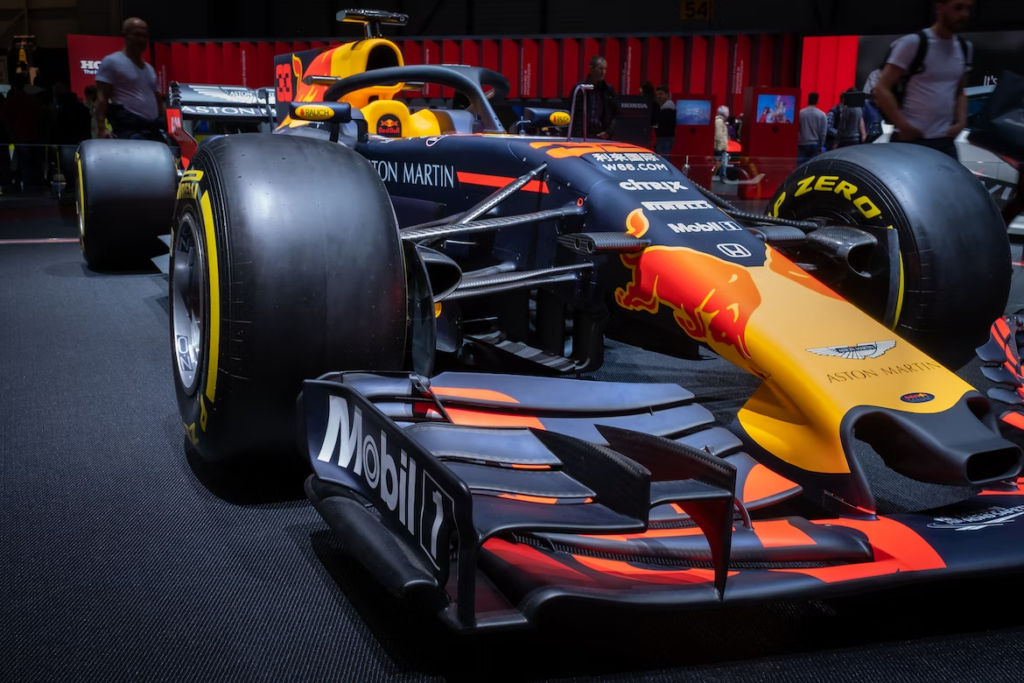Computational fluid dynamics, or CFD, has revolutionized the world of motorsports, particularly in Formula 1. With the ever-increasing demands of performance and aerodynamics, CFD has become an indispensable tool for teams looking to gain a competitive edge. In this article, we’ll take a closer look at what CFD is, how it’s used in F1, and its impact on the sport.
What is CFD?
CFD is a numerical simulation technique used to model and analyze fluid flow. It uses mathematical equations to calculate the behavior of fluids, including air, and their interactions with solid surfaces. The results of these simulations can be visualized, providing valuable insights into the flow patterns and forces present in a particular scenario.
GET ONE MONTH FREE AND LEARN HOW TO BUILD YOUR OWN WEBSITE HERE
How is CFD Used in F1?
CFD is used in a variety of ways in F1, including:
- Aerodynamics: One of the primary uses of CFD in F1 is to optimize the aerodynamics of the car. Teams use CFD simulations to model and test different design options for the car’s bodywork, wings, and other aerodynamic features. This helps them understand how the airflow behaves around the car and make informed decisions about the most efficient design for maximum downforce and reduced drag.
- Cooling Systems: Another important use of CFD in F1 is to optimize the cooling systems of the car. With the high-performance engines and brakes generating a lot of heat, efficient cooling is critical for the performance and longevity of the components. Teams use CFD simulations to model the airflow through the car’s radiators, intercoolers, and other cooling systems to ensure they are effective in removing heat from the car.
- Tyre Management: Tyre management is crucial in F1, as the tires must be able to cope with the high cornering speeds and loads imposed on them. Teams use CFD simulations to model the airflow over and around the tires, helping them understand how to optimize the pressure, camber, and other parameters to ensure the tires perform at their best.
Impact of CFD on F1
CFD has had a profound impact on Formula 1, providing teams with valuable insights into the aerodynamics, cooling systems, and tyre management of their cars. With CFD, teams can test and optimize their designs in a virtual environment before building and testing them on the track. This reduces the time and costs associated with traditional physical testing and allows teams to quickly iterate on their designs, improving their competitiveness.
In addition, CFD provides a deeper understanding of the complex fluid flow patterns and forces present in Formula 1 racing, helping teams to make informed decisions about their car’s design and setup. This has led to significant improvements in aerodynamic performance and overall car performance, making F1 one of the most technologically advanced and competitive motorsports in the world.
CFD is an essential tool in the world of Formula 1, providing teams with valuable insights into the aerodynamics, cooling systems, and tyre management of their cars. With its ability to simulate fluid flow and visualize the results, CFD has revolutionized the way teams approach car design and optimization. Whether you’re a fan of motorsports or simply interested in the cutting-edge technology used in F1, CFD is definitely worth paying attention to.





